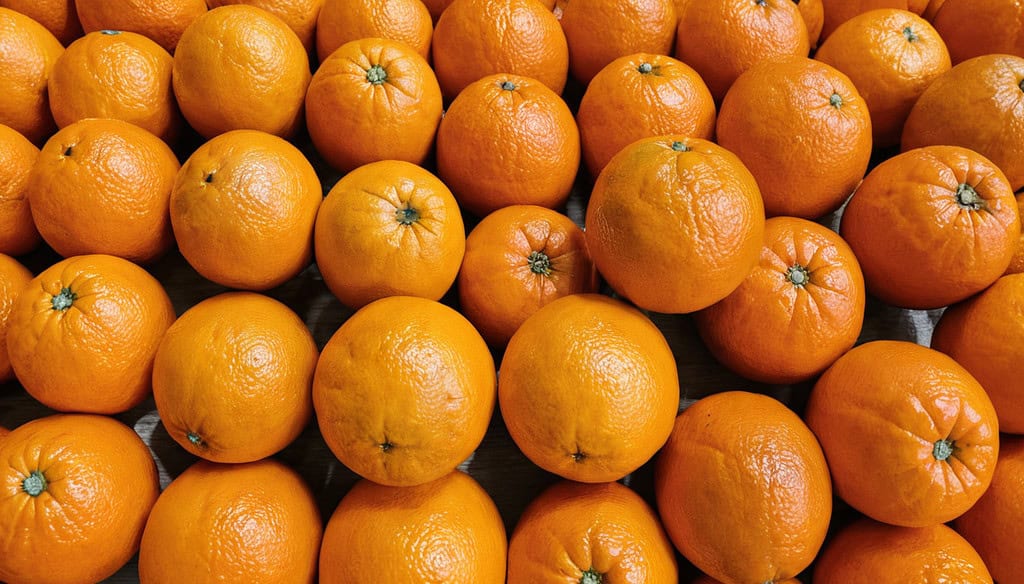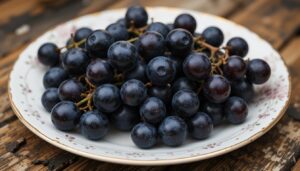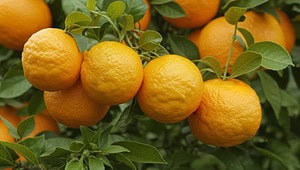Table of Contents
Oranges: One of The Best Citrus Fruits
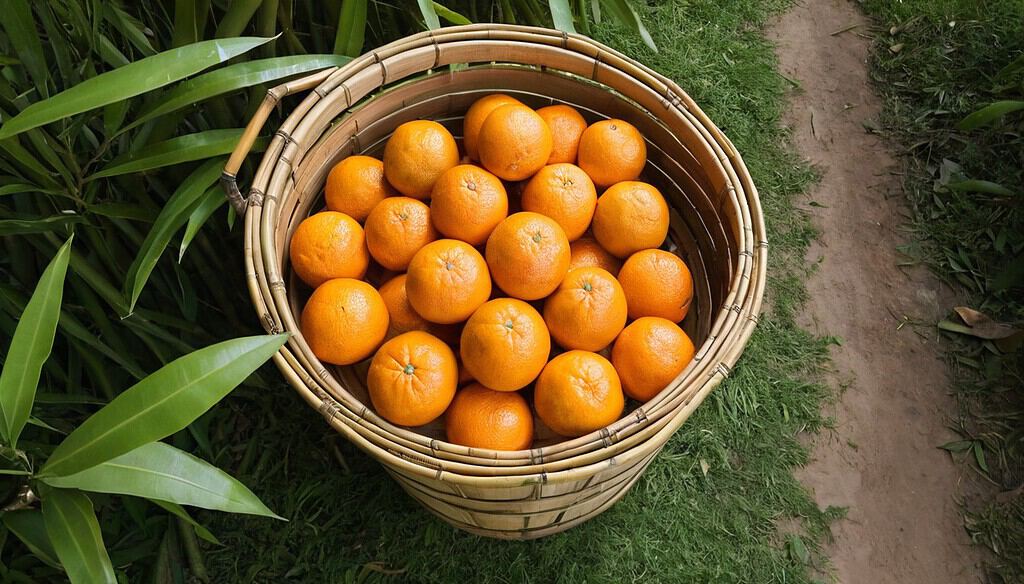
Oranges are undoubtedly among the finest citrus fruits in the world, celebrated for their vibrant flavors and universal appeal. Scientifically known as Citrus sinensis, sweet oranges are the most commonly cultivated variety, though there are also Citrus aurantium (bitter oranges) and other hybrids. Believed to have originated in Southeast Asia, oranges have traveled across continents over centuries, becoming a staple in daily life for countless cultures. Their incredible taste, a perfect balance of sweetness and tanginess, makes them a favorite in kitchens and markets worldwide.
Growing oranges requires a warm and subtropical climate, with plenty of sunlight and moderate rainfall. Countries with such conditions have perfected orange cultivation by ensuring the soil is well-drained and rich in organic matter. Farmers typically plant orange trees in spacious orchards, allowing for proper air circulation, and prune them to ensure healthy fruiting. The production process, from flowering to harvesting, demands patience and care, as oranges take several months to mature fully.
Today, oranges are cultivated on almost every continent where the climate allows. Regions in North and South America, Europe, Asia, and Africa boast thriving orange orchards. Leading producers include Brazil, which dominates global orange production, followed by the United States, primarily in Florida and California. Spain, Italy, India, and China also play significant roles in supplying oranges to the world.
It fascinates me how oranges, which were once limited to their native regions, have become integral to human life. They are cherished not only for their unique taste but also for the joy of their seasonal abundance. Whether you’re walking through a bustling market in Europe or a serene grove in Asia, the presence of oranges symbolizes a shared love for this remarkable fruit. Their global cultivation reflects how adaptable they are, seamlessly blending into diverse culinary and cultural traditions. This widespread appreciation only underscores how special oranges are to us all.
Oranges: One Of The Healthiest Citrus Fruits
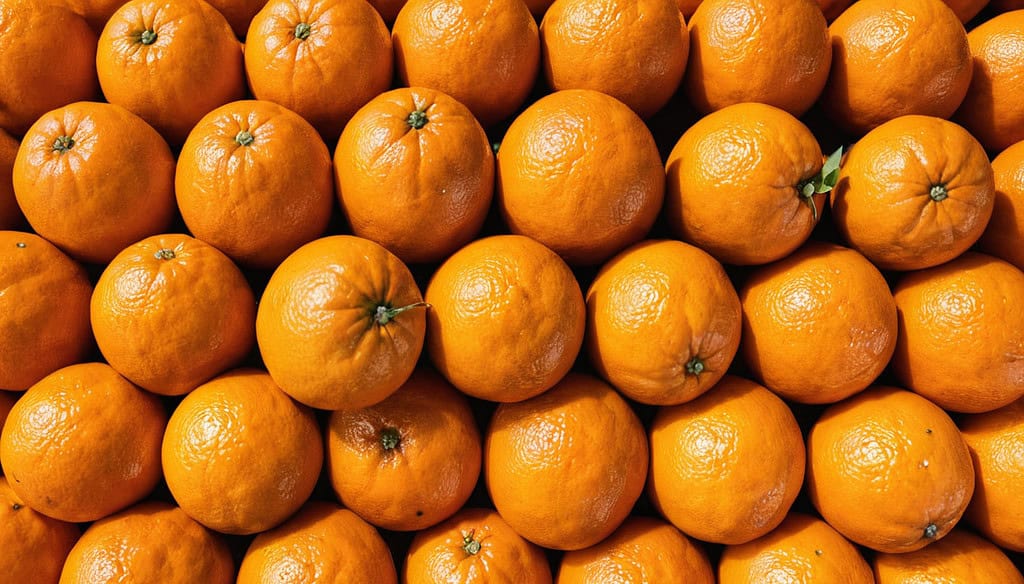
Oranges are truly amazing citrus fruits. Not only are they delicious, but they are also packed with essential nutrients that support our overall health. Whenever I enjoy an orange, I’m reminded of just how much this simple fruit offers. It’s incredible to think that something so tasty can be such a nutritional powerhouse.
One of the notable advantages of oranges is their high concentration of vitamin C. This vitamin plays a crucial role in maintaining a robust immune system, and consuming a single orange can fulfill the majority, if not the entirety, of our daily vitamin C needs. Vitamin C plays a key role in repairing body tissues, producing collagen for healthy skin, and protecting cells from damage caused by free radicals. It’s no wonder that oranges are often associated with boosting immunity and helping us fight off colds and other infections.
Oranges are also an excellent source of potassium, a crucial mineral for maintaining heart health. Potassium plays a significant role in regulating blood pressure by balancing the effects of sodium, thereby lowering the risk of hypertension. Additionally, it supports muscle function and ensures that our nerves work properly. Magnesium and calcium, though present in smaller amounts, further contribute to bone strength and the smooth functioning of our cardiovascular system.
What I find particularly fascinating is the range of antioxidants in oranges. Flavonoids, such as hesperidin, have powerful anti-inflammatory effects and may help reduce the risk of chronic illnesses like heart disease and diabetes. Then there are carotenoids, which are responsible for the vibrant orange color. These antioxidants, including beta-carotene, are beneficial for eye health and may lower the chances of developing vision-related issues as we age.
Fiber is another important component of oranges, and I think it’s one of the reasons I feel so satisfied after eating one. Dietary fiber aids digestion prevents constipation, and helps regulate blood sugar levels. It also plays a role in maintaining a healthy weight, as it keeps us feeling full for longer.
To me, oranges are a perfect example of how nature combines flavor and nutrition so beautifully. Whether eaten as a snack, added to salads, or used in beverages, these fruits offer an abundance of health benefits. They remind me every day that eating well doesn’t have to be complicated—it can be as simple as enjoying a juicy, refreshing orange.
8 Of My Favorite Culinary Uses of Oranges

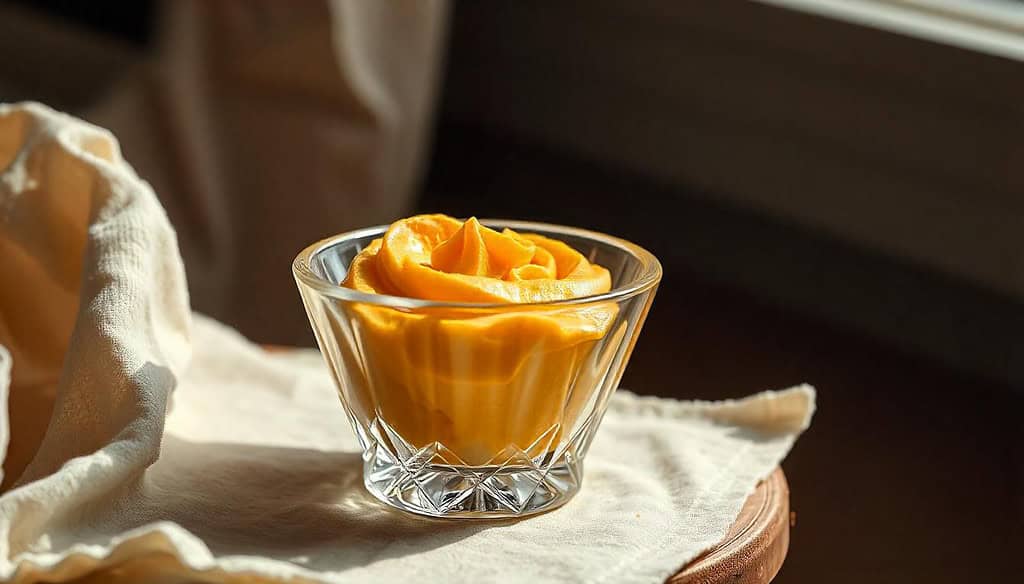
Oranges have always held a special place in my kitchen, not just for their bright, refreshing taste, but for the incredible versatility they bring to cooking. The zest of an orange, its vibrant peel, and its sweet juice can transform any dish into something extraordinary. Over time, I’ve learned to use oranges in ways that go beyond the obvious juice or fruit slices, and I’ve discovered that their potential is truly limitless. Here are ten unique ways I love to use oranges in my cooking, each adding its own layer of flavor and excitement to my meals.
1. Zesting for Flavor
When I first started experimenting with oranges in my cooking, I never imagined how much flavor I could extract from the peel. Zesting an orange is a simple yet powerful technique that I now use almost daily. The zest is packed with oils that carry a fresh, tangy aroma and a citrusy bite that can elevate both sweet and savory dishes.
What I love most about zesting is its versatility. I often add a sprinkle of orange zest to a salad for a burst of brightness, or I’ll mix it into my baking recipes for an added layer of flavor. There’s something about the intense citrus fragrance that completely transforms the ingredients, making even a basic dessert like a pound cake feel more exciting. It’s also perfect when making homemade granola, where the zest adds an unexpected complexity that balances out the sweetness of the honey or maple syrup.
But my favorite use for orange zest has to be in cocktails. I adore making a classic gin and tonic, but adding freshly zested orange peel takes it to another level. The zest doesn’t just offer a burst of flavor; it releases oils that enhance the gin’s botanicals, creating a beautifully balanced drink. It’s a simple addition, but it’s those little details that always stand out.
One tip I learned along the way is to make sure not to zest too deeply into the white pith beneath the skin. The zest should be thin, just the outer layer, as the pith tends to be bitter and can overpower the refreshing citrus flavor you’re after. When I first started zesting, I made that mistake a few times, but it’s a quick fix once you get the hang of it.
2. Citrus Salt or Sugar
The idea of using citrus to flavor salt or sugar was something I stumbled upon one day when I was making a quick batch of roasted vegetables. I had some extra orange zest lying around, and I thought, “Why not mix it into salt?” The result was amazing—a flavorful, citrusy twist on the classic seasoning that added depth to the vegetables. From then on, I became a huge fan of infusing salts and sugars with orange zest.
Creating citrus-infused salt or sugar is a straightforward process that allows for the introduction of a vibrant, tangy orange flavor into various culinary creations. For the salt variant, I blend orange zest with sea salt, which complements grilled fish, chicken, or roasted vegetables exceptionally well. The combination of saltiness and citrus notes enhances the overall flavor profile, making it an ideal addition to light summer meals or whenever a fresh and zesty taste is desired.
For citrus sugar, it’s just as simple. I mix sugar with zest and let it sit for a while to infuse. The sugar becomes a wonderful addition to baked goods, especially if I’m making a light, fluffy cake or even homemade scones. The orange sugar can also be sprinkled on top of oatmeal or yogurt in the morning for a burst of citrusy sweetness. I often use it in desserts like lemon tarts, where the subtle orange flavor plays off the tartness of the lemon, giving the dish an unexpected and delightful twist.
I’ve even started using citrus salt in cocktails, especially in margaritas or mojitos. The added zest enhances the drink’s freshness, and it’s a great way to make any drink feel a bit more special. The best part is that you can adjust the intensity of the citrus by adding more or less zest, allowing you to customize the flavors to your liking. It’s one of those small tweaks that always makes a big difference.
3. Candied Peels
Candied orange peels are one of my favorite treats to make, and I’ve found they’re surprisingly easy to prepare. There’s something so satisfying about transforming what would usually be discarded into something indulgent. Every time I make a batch, I feel like I’m rediscovering oranges all over again.
The process of making candied orange peels is simple but takes some patience. I start by peeling the oranges and slicing the peels into thin strips. I then simmer them in sugar water until they become tender, and once that’s done, I coat them in a layer of sugar for a beautiful, glossy finish. The result is a sweet and tangy treat that’s both chewy and crunchy at the same time.
What I love most about candied orange peels is how versatile they are. I often toss them into a batch of homemade chocolate bark, where the bitterness of dark chocolate pairs perfectly with the sweetness of the candied peel. They’re also great in fruitcakes or used as a garnish for desserts like cheesecake. Candied orange peels can be enjoyed on their own, too, and I sometimes find myself snacking on them with a cup of tea in the afternoon.
I’ve also started gifting them to friends and family, and they’re always a hit. It’s such a thoughtful treat, and it’s amazing how a simple orange peel can be transformed into something so delicious. Over time, I’ve refined my recipe, playing with the balance of sweetness and tang, but I always come back to the same basic technique: patience, attention to detail, and the joy of working with such a fragrant, flavorful ingredient.
4. Orange Butter
Orange butter has become one of my go-to condiments when I want to add a touch of elegance to a dish. The first time I made it, I was blown away by how easy it was and how quickly it elevated everything it touched. Orange butter is simply butter mixed with orange zest and juice, sometimes with a hint of honey or a pinch of salt to balance the flavors. It’s so versatile and works in so many different ways.
One of my favorite ways to use orange butter is on pancakes or waffles. It’s a simple breakfast, but the burst of citrus flavor in the butter makes everything feel luxurious. The richness of the butter and the fresh, zesty orange complement each other beautifully. I also use orange butter as a topping for roasted vegetables, especially sweet potatoes, where the citrusy butter balances the natural sweetness of the vegetables. It’s especially perfect in the colder months when I crave something comforting but still fresh.
I’ve also used orange butter to enhance baked goods. When making muffins or scones, a dollop of orange butter on top before baking gives them an extra layer of flavor. The butter melts into the dough as it bakes, creating a subtle citrus aroma that fills the kitchen. Orange butter is also great for spreading on toast or using as a dip for warm, crusty bread.
The best part about orange butter is that it can be made in advance and stored in the refrigerator. I always have a small jar ready to go whenever I need it. It’s a quick way to add a touch of flavor to a dish without much effort, and the balance of creamy richness with bright citrus is something that never gets old.
5. Orange Reduction
Making an orange reduction has been one of my more recent experiments, and it’s quickly become one of my favorite ways to use oranges in savory dishes. An orange reduction is simply orange juice that’s simmered down until it becomes thick and concentrated. The flavor intensifies as the liquid reduces, and what you’re left with is a tangy, sweet syrup that can be drizzled over just about anything.
I’ve used orange reductions to complement roasted meats, particularly duck or chicken, where the sweet, tangy sauce contrasts wonderfully with the richness of the duck or chicken meat. It’s also fantastic over a bed of sautéed greens or even drizzled on roasted carrots. The depth of flavor that comes from reducing the orange juice makes it so much more than just juice—it turns into a complex sauce that adds both brightness and richness to a dish.
Another great use for an orange reduction is in salad dressings. I mix it with olive oil, vinegar, and a little Dijon mustard to create a tangy, citrus-infused dressing that I love drizzling over a simple green salad. It’s perfect for when I want something a little more vibrant and fresh but still hearty enough to pair with grains like quinoa or farro.
The best part of making an orange reduction is that it’s incredibly simple, requiring only a few ingredients. I always feel like a little bit of magic happens when the orange juice reduces into a syrupy glaze. The intense citrus flavor is concentrated, but it doesn’t lose its freshness, making it a perfect addition to both savory and sweet dishes alike. I’ve even used it as a drizzle for a fruit tart, where the concentrated orange flavor enhances the natural sweetness of the fruit.
6. Spiced Oranges
Spiced oranges have become one of my go-to flavor boosts when I want to add a little warmth and complexity to a dish. The first time I tried spicing up oranges, I was making a simple salad and thought it could use a little extra kick. I had some oranges lying around and decided to pair them with cinnamon, a touch of clove, and a bit of honey. What happened next was magical—the natural sweetness of the orange perfectly balanced the warm spices, creating a fragrant combination that took the salad to a whole new level.
From there, I started experimenting with spiced oranges in different ways. One of my favorite uses is for spiced orange slices served as a side with grilled chicken or roasted vegetables. I simply slice the oranges and lightly sprinkle them with ground cinnamon, nutmeg, and a touch of brown sugar. Then I let them sit for a while, allowing the flavors to meld. When they’re served alongside roasted chicken or lamb, they add a sweet and savory contrast that’s just irresistible.
I also love using spiced oranges in desserts. One of my personal favorites is to roast the orange slices with a touch of honey and spices, like cardamom and cinnamon until they caramelize just a bit. The result is a beautifully spiced, almost syrupy orange that pairs wonderfully with a scoop of vanilla ice cream or even a tart like a lemon or ricotta cheesecake. The warm, spiced citrus creates a perfect balance with the creamy desserts, and it’s something that always gets compliments.
In addition to sweet dishes, I’ve used spiced oranges in savory cooking. For instance, in a couscous or rice pilaf, I add a few spiced orange slices along with roasted nuts and herbs. The spices help to elevate the dish, while the oranges bring a touch of citrusy brightness that keeps the flavor profile fresh and interesting.
7. Citrus Powder
Citrus powder, particularly made from dried orange peels, has quickly become one of my favorite kitchen staples. The first time I made it was out of necessity—after juicing some oranges, I found myself with a pile of peels and didn’t want to throw them away. I decided to dry them in the oven and grind them into powder. The result was a fragrant, versatile ingredient that added a delightful, zesty twist to various dishes.
Making citrus powder is easy. I simply dry the orange peels at a low temperature in the oven until they’re crisp and crumbly. Once they’ve cooled, I grind them into a fine powder using a spice grinder. The smell is incredible—bright, tangy, and unmistakably citrus. The powder lasts for months and can be used in both sweet and savory dishes.
One of my favorite uses is in baked goods. A teaspoon or two of citrus powder in muffin or cookie batter adds a subtle but delicious citrus flavor. It’s especially good in chocolate chip cookies, where the bitter chocolate and the bright orange flavor create a wonderful balance. I’ve also used it in cakes, especially those with flavors like almond or vanilla, where the powder brings an extra layer of complexity.
In savory dishes, citrus powder works wonders in marinades. I often combine it with olive oil, garlic, and herbs to marinate chicken, fish, or vegetables. The powder adds an earthy citrus note that complements grilled or roasted items perfectly. I’ve even used it to season roasted root vegetables, like sweet potatoes or carrots, where it adds a lovely fresh twist to their natural sweetness.
One of the best parts of citrus powder is its longevity. It’s an easy way to preserve the bright flavor of oranges, even when they’re not in season. I always have a jar in my pantry, ready to elevate everything from baked goods to savory dishes. It’s a simple yet effective way to capture the essence of oranges year-round.
8. Pickled Oranges
Pickled oranges are a surprising yet delightful way to use this citrus fruit, and they’ve become a favorite of mine for adding a tangy, sweet, and savory contrast to various dishes. The first time I made them, I was looking for a way to preserve some extra oranges while creating something new, and pickling seemed like the perfect solution.
To pickle oranges, I start by peeling them and cutting them into wedges or slices. I then prepare a simple brine made with vinegar, sugar, salt, and a few spices like coriander seeds, mustard seeds, and a dash of cinnamon. Once the brine comes to a simmer, I pour it over the orange slices and let them sit for a few days to allow the flavors to meld. The result is a vibrant, tangy fruit that’s surprisingly versatile in cooking.
Pickled oranges are fantastic in salads. Their sweet-and-sour balance brings a refreshing lift to leafy greens and pairs beautifully with cheeses like goat cheese or feta. I also love adding them to salads with roasted nuts or olives, where their acidity provides a perfect counterpoint to the richness of the other ingredients.
These pickled oranges are also great as a topping for roasted chicken. The pickled oranges help cut through the richness of the chicken, adding a burst of citrusy brightness that elevates the whole dish. Sometimes, I use the brine as a marinade, allowing the flavors to soak into the chicken before grilling or roasting.
Another favorite way I use pickled oranges is on a cheese platter. Their tangy, slightly sweet profile works incredibly well with strong, creamy cheeses like brie or blue cheese. I find that the pickled oranges always spark conversation at dinner parties because this orange preparation so unexpected yet so tasty.
Pickled oranges bring a unique flavor profile to the table, and I’ve enjoyed experimenting with different spices and brine variations. Whether in salads, as a topping for chicken dishes, or paired with cheese, they add an interesting and memorable twist to any meal. It’s a fun way to preserve oranges while giving them an exciting, savory makeover.
Oranges: Cautions

I’ll be the first to admit that the culinary uses of oranges I’ve shared are just a small glimpse into the endless possibilities this fruit has to offer. There are countless other ways to enjoy oranges in cooking, from using their juice in sauces to incorporating them into savory dishes like stir-fries or roasted vegetables. I’ve even heard of people experimenting with orange-infused olive oils and vinegar. Each new recipe I try makes me realize that the versatility of oranges in the kitchen is truly boundless. Of course, I can’t cover everything here, but I encourage you to explore more ways to incorporate oranges into your meals—they are such a wonderful ingredient to play with.
That said, it’s important to acknowledge that like with most things, moderation is key. Oranges are packed with nutrients, but they can also cause some side effects, especially if consumed in excess. For example, oranges are highly acidic, which can sometimes lead to heartburn or acid reflux for some people. If you’re prone to these conditions, it might be a good idea to limit your intake. The high acid content can also be tough on sensitive teeth, potentially leading to enamel erosion over time. I’ve personally experienced some discomfort if I’ve overindulged, especially when I’ve eaten oranges on an empty stomach or had too many in one sitting.
Additionally, while oranges are generally safe, some individuals may have an allergic reaction to them, resulting in symptoms like itching or swelling, particularly around the mouth. Though this isn’t common, it’s something to be mindful of if you have known food allergies or sensitivities. Also, while the fiber in oranges is excellent for digestion, eating too many can sometimes lead to bloating or digestive discomfort. This is especially true if you’re not used to a high-fiber diet.
While I absolutely love experimenting with all the different ways to use oranges in my cooking, I try to keep in mind these potential side effects. As with any ingredient, balance is key to making the most of what oranges have to offer while avoiding any discomfort.
Disclaimers: *This article is only for informational purposes.
**Do not make your important decisions solely based on the information provided in this article. Do your own research.
***Information in this article may vary or get updated in the future.
****Contact a doctor or a medical professional for any medical emergency.
Read More Science and Space Articles
- 8 Astounding Ways Lemons Have Helped Elevate My Mood
- 8 Irresistible Ericaceae Fruits (Heath Family) to Savor and Enjoy
- 8 Incredible and Healthy Cucurbitaceae Fruits to Enjoy
- Top 8 Delicious Anacardiaceae Fruits You Must Try
- 8 Incredible Musaceae Fruits You Need to Try Right Now
- 8 Incredible Vitaceae Fruits: Nature’s Tasty Treasures
- 8 Incredible Rosaceae Fruits You Need to Discover
- Discover 8 Fruit Families That Enrich Our Daily Diets
- 8 Non-CO₂ Greenhouse Gasses That Are Worst Than CO₂
- Chemistry: 8 Unique Ways to Become Efficient At It
- 8 Ways Water Crisis is Worsened by Global Climate Change
- 8 Amazing Ways Brain Anatomy is Altered by New Learning
- 8 Disastrous Ways Deforestation Destroys Biodiversity
- Mathematics: 8 Interesting Ways To Become Efficient At It
- 8 Worst Ways Global Climate Change Hurts The Impoverished
- Danger Of Environmental Damage: 8 Ways A Person Can Help
- Eradication Of Poverty: 8 Critical Ways Science Helps
- STEM Fields: 8 Important Reasons Why You Must Learn Them
- Making Your Kid Efficient At STEM Subjects: 8 Important Steps
- Making Your Kid Science Enthusiast: 8 Important Steps
- Becoming A NASA Aspirant: 8 Important Steps You Must Follow
- Top 8 Important Wellness Habits That You Must Follow
- Top 5 Amazing Whole Grains That Are Healthier Than Rice
- Indian Space Program: 8 Incredible Achievements
- China’s Space Program: 5 Amazing Accomplishments
- Discoveries by JWST: 10 Incredible Findings of The Telescope
- NASA’s MOXIE Creates O2: Big Step Towards Mars Colonization
- Top 5 Amazing Properties of Time That Defy Common Sense
- 10 Factors for Emergence of Intelligent Life in The Universe
- Space Science: 6 Vital Reasons Why We Should Invest in It
- Solar System: 10 Astonishing Uniqueness of our star system
- Our Universe: An Incredible Journey of 13.7 Billion Years
- Top 6 Solar System Objects That Might Destroy Life On Earth
- Certain End of The Universe: 4 Forces of Nature to Watch Out For
- Big Bang: An Incredible Start of Universe 14 Billion Years Ago

